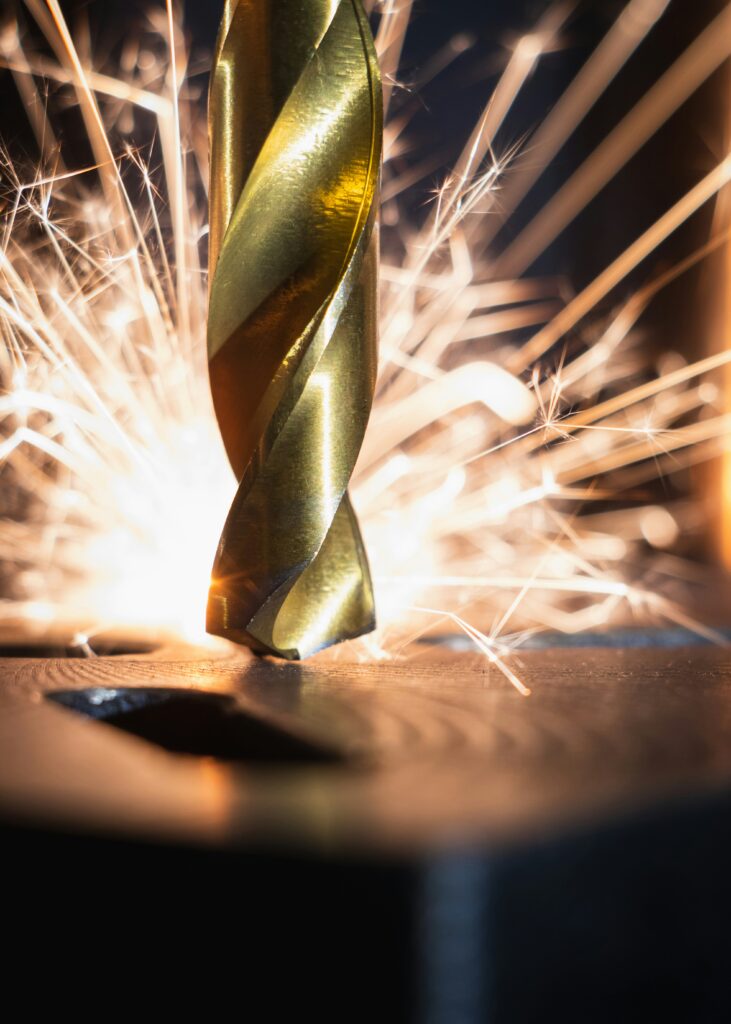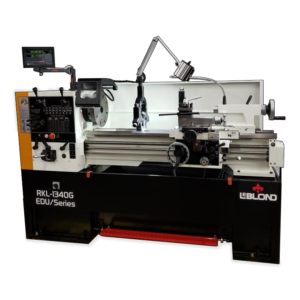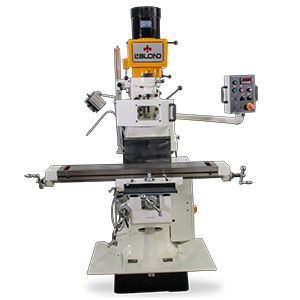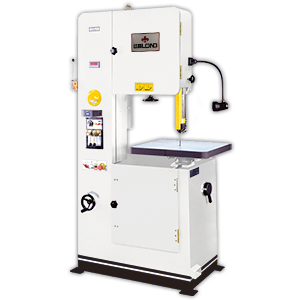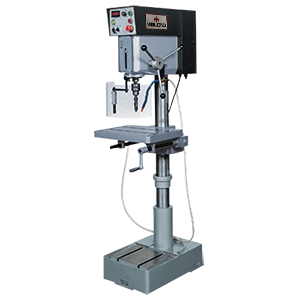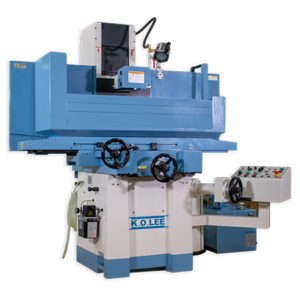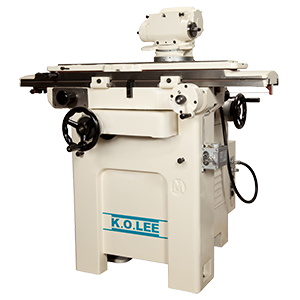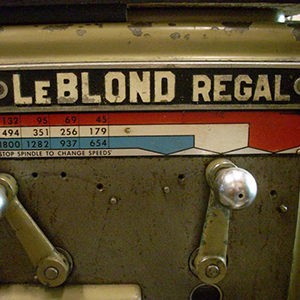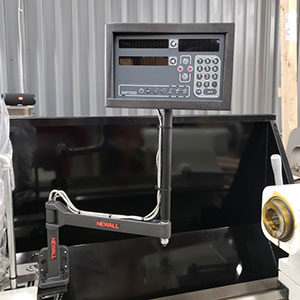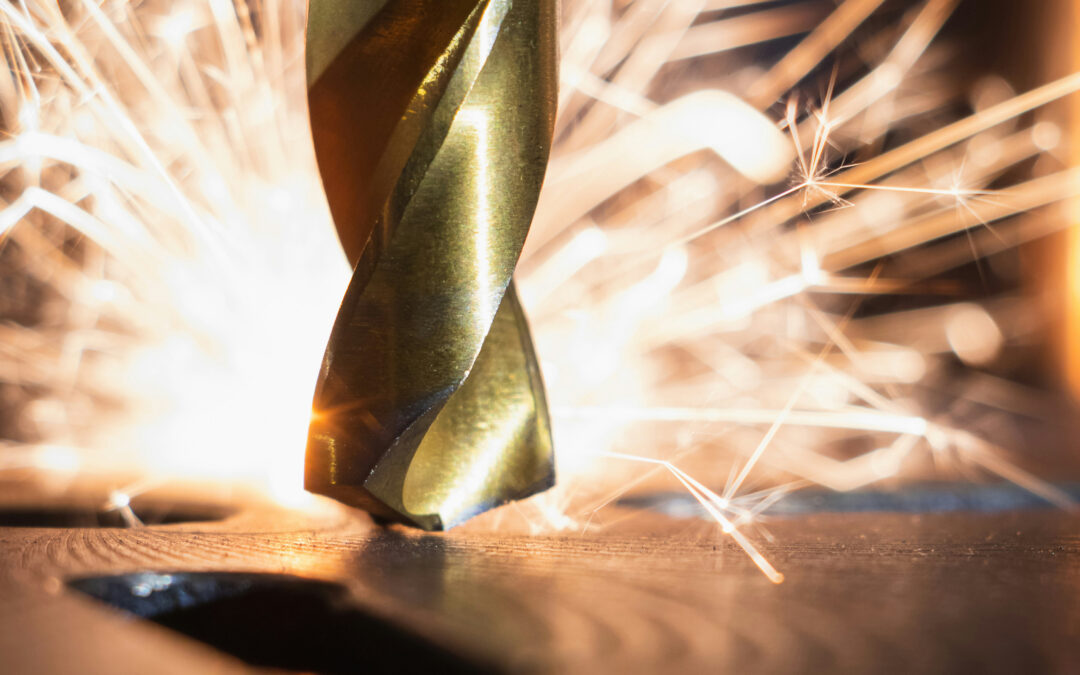Top 7 Solutions for Tool Wear & Breakage Pain Points
Precautions Machinists Can Take to Avoid Common Tooling Pitfalls
One common problem machinists face when cutting metal parts is tool wear and breakage. To combat this problem, there are a combination of techniques aimed at optimizing cutting conditions, selecting appropriate tool materials, coatings, geometries, and implementing effective tool monitoring and maintenance practices. Below are some common strategies:
1. Selection of Tool Materials
Machinists choose tool materials that offer high wear resistance and toughness, such as carbide inserts or cermet inserts. These materials can withstand the high temperatures and forces generated during cutting operations.
2. Coatings
Coatings like titanium nitride (TiN), titanium carbonitride (TiCN), and aluminum oxide (Al2O3) are applied to cutting tools to improve wear resistance and reduce friction. These coatings help prolong tool life by protecting the cutting edge from abrasion and thermal degradation.
3. Tool Geometry
Machinists optimize tool geometry, including rake angle, clearance angle, and cutting edge geometry, to ensure efficient chip evacuation, minimize cutting forces, and distribute wear evenly across the cutting edge.
4. Cutting Parameters
Adjusting cutting parameters such as cutting speed, feed rate, and depth of cut can help control heat generation and chip formation, reducing tool wear and breakage. Machinists aim to find the optimal balance between material removal rate and tool life.
5. Coolant and Lubrication
Proper coolant application and lubrication help dissipate heat, reduce friction, and improve chip evacuation, which can enhance tool life and surface finish.
6. Tool Monitoring Systems
Implementing tool monitoring systems allows machinists to detect signs of tool wear or breakage in real-time. These systems may use sensors to monitor cutting forces, vibration, temperature, or tool wear patterns, triggering alerts or automatic tool changeovers when abnormal conditions are detected.
7. Regular Maintenance
Machinists perform routine maintenance tasks such as inspecting and replacing worn tools, checking tool holders for proper clamping, and maintaining machine tool alignment to ensure optimal cutting performance and tool life.
By applying these strategies, machinists can effectively combat tool wear and breakage on lathes, leading to improved productivity, quality, and cost-effectiveness in machining operations. Contact your LeBlond representative for more details on best practices, improving quality or submit your question directly by submitting a request through our online form or call (888) 532-5663 and select option 2.
